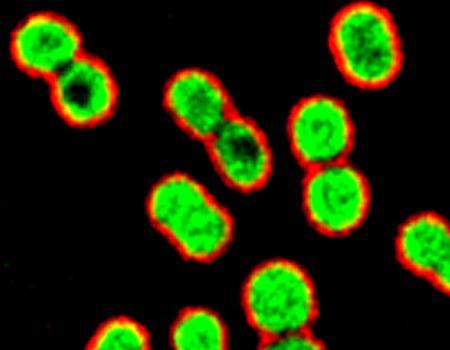
Study: Common Antibiotic Kills Drug-resistant Bacteria

SAN DIEGO, June 10 (UPI) — By altering the method of testing, researchers at the University of California San Diego found that azithromycin, sold commercially as Zithromax Z-Pak, kills many multidrug-resistant bacteria for which it’s never prescribed because it was thought to be ineffective.
Bacteria used for the test were grown in mammalian tissue culture media, which is used to sustain human cells in the lab, in order to more closely mimic the human body, rather than using standard bacteriologic media, and were found to be susceptible to the antibiotic. The change in method, researchers said, revealed something scientists should have discovered before now.
“Unquestioning adherence to a single standardized lab practice may be keeping doctors from considering potentially life-saving antibiotics — therapies that are proven safe and readily available in any hospital or pharmacy,” said Victor Nizet, M.D., a professor of pediatrics and pharmacy at UC San Diego, in a press release. “While bacterial agars and testing media are useful in providing consistency for hospital laboratories around the world, the actual infection is taking place in the blood and tissues of the patient, and we know the action and potency of drugs can change quite dramatically in different surroundings.”
Researchers grew the antibiotic resistant Pseudomonas aeruginosa, Klebsiella pneumoniae and Acinetobacter baumannii bacteria, which most often infect debilitated patients in hospitals, in mammalian tissue culture media and saw a large difference in their sensitivity to azithromycin. When paired with with the antibiotic colistin or with antimicrobial peptides produced naturally by the human body during infection, the bacteria were completely wiped out.
The experiment was then repeated in mice, live infection systems, finding that azithromycin reduced the presence of bacteria in their lungs by as much as 99 percent, reinforcing what they’d seen in the lab.
As a result, the researchers suggest more rigorous testing of drugs in environments that more closely resemble a patient’s immune system. “If something this simple could be overlooked for so many years, what else might we be missing?” Nizet said.
The study is published in EBioMedicine.





